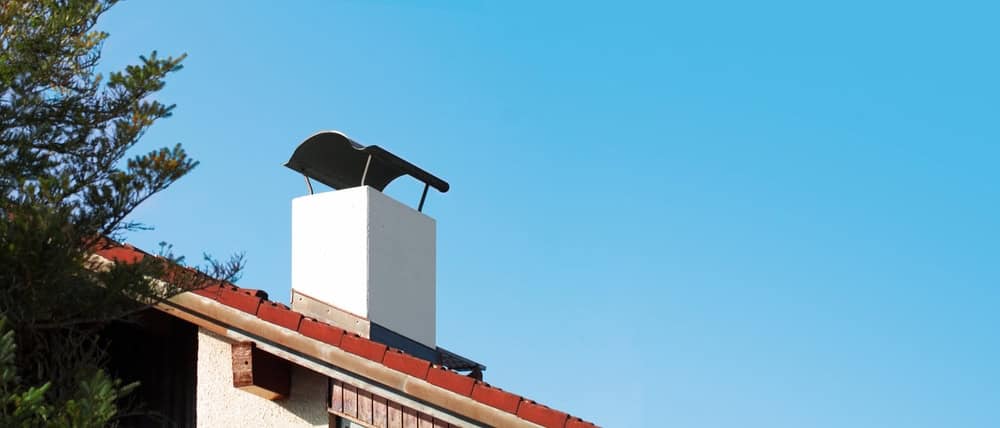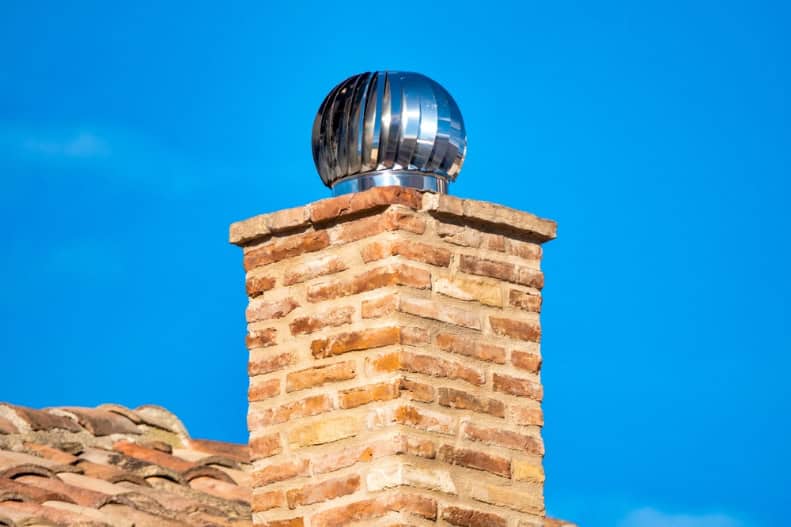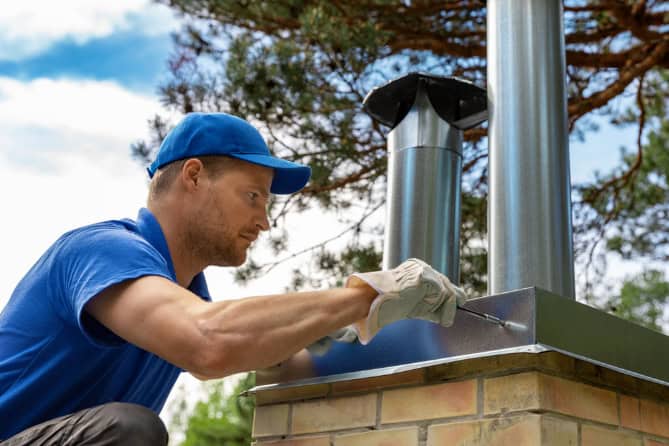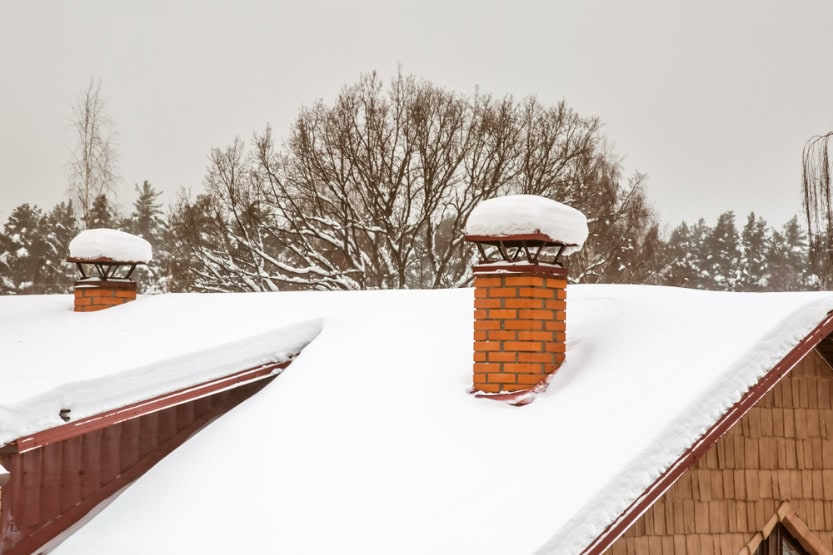Professional chimney cap installation that actually protects your home from Rhode Island’s harsh weather and costly repairs.

Hear from Our Customers

You’ll sleep better knowing water can’t pour down your chimney during the next nor’easter. No more worrying about animals building nests in your flue or debris clogging your system.
A quality chimney cap installation means your chimney system works the way it’s supposed to. Water stays out, airflow stays consistent, and you avoid those surprise repair bills that hit when water damage spreads to your walls or ceiling.
Your home stays protected year-round, and your chimney lasts longer. That’s what happens when the job gets done right the first time.
Certified Chimney Inspections has been protecting Chepachet homes since 2000. Our experienced team has worked together for over two decades, and we’re all CSI-certified through the Chimney Safety Institute of America.
That certification matters because chimney work isn’t something you want to trust to just anyone. We know exactly how to size, fit, and install chimney caps that actually work in Rhode Island’s coastal climate.
We’ve seen what happens when caps are installed wrong or made from cheap materials. That’s why we focus on getting it right the first time.

First, we inspect your current chimney cap and flue to determine the right size and style for your specific setup. Every chimney is different, so we measure everything to ensure a perfect fit.
Next, we remove your old cap if needed and clean the chimney crown area. We check for any damage that needs addressing before the new cap goes on.
Then comes the installation of your new stainless steel chimney cap. We secure it properly and test the fit to make sure it’s sealed correctly but still allows proper ventilation. You get a quick walkthrough of what was done and any maintenance tips to keep everything working smoothly.

Ready to get started?
Your chimney cap installation includes custom sizing for your specific flue dimensions. We use stainless steel construction that won’t rust or corrode in Rhode Island’s salt air, unlike cheaper aluminum or galvanized options.
Each cap includes a spark arrestor screen to prevent embers from escaping and animals from entering. The design allows proper ventilation while keeping rain, snow, and debris out of your chimney system.
You also get a thorough inspection of your chimney crown and flue condition. If we spot other issues that need attention, we’ll explain what’s happening and give you options. No surprise upsells, just honest recommendations based on what we actually see.
